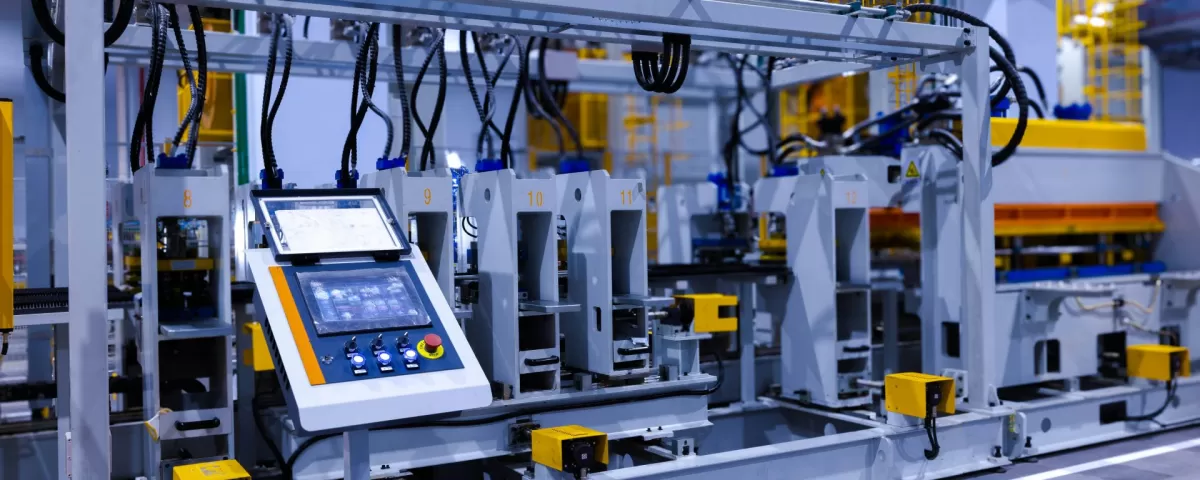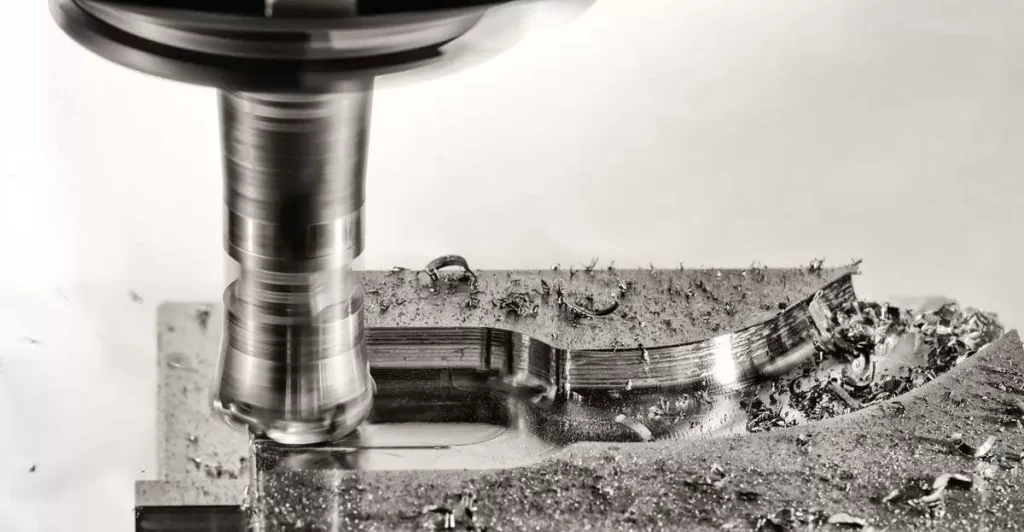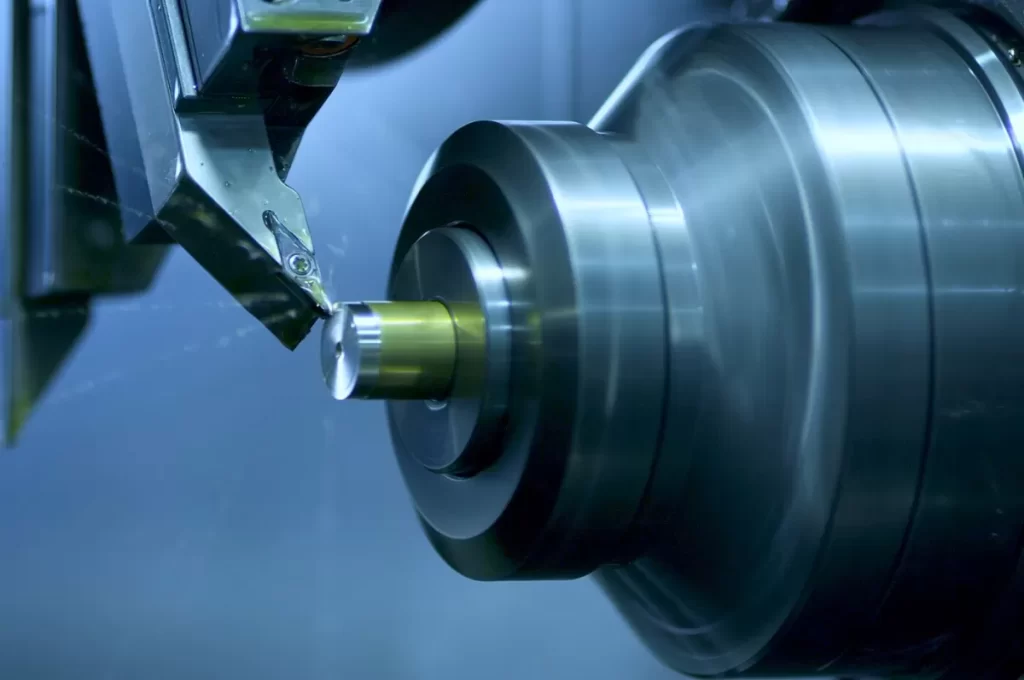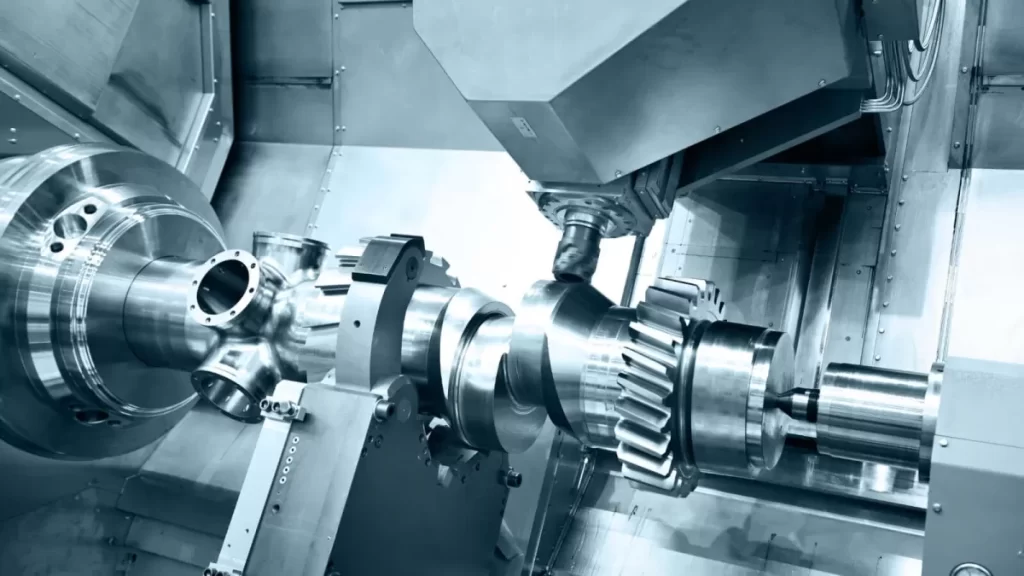Defining a Complex CNC Part
A complex CNC part refers to a component manufactured using computer numerical control (CNC) machines that features intricate geometries and demanding specifications. These parts often include challenging design elements such as tight tolerances, intricate contours, multiple surfaces, and varying thicknesses that require advanced machining techniques. Key characteristics of complex CNC parts include precision in dimensions, delicate or detailed features, and sometimes the need for multiple machining operations to achieve the final form. Such complexity pushes standard CNC machining beyond simple shapes into precision CNC parts territory, often requiring 5-axis CNC machining or other advanced methods to handle intricate CNC geometries effectively. Understanding what makes a part complex sets the stage for addressing manufacturing challenges and selecting the right processes.
Factors That Make CNC Parts Complex
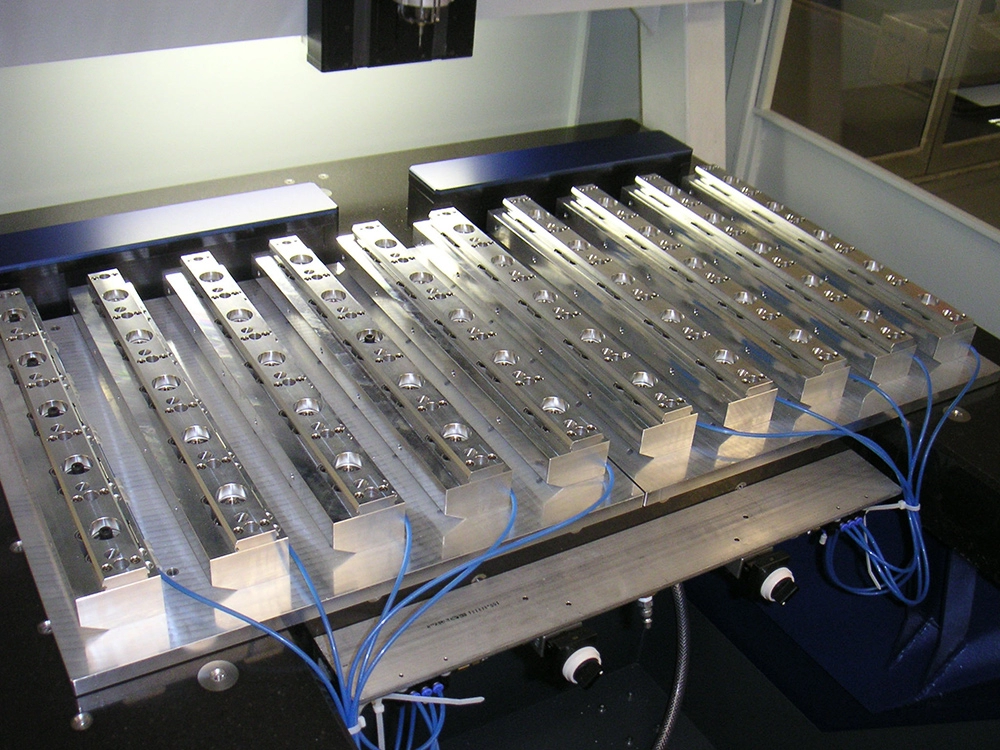
Several factors contribute to the complexity of CNC parts, making them a challenge in engineering manufacturing.
Geometry and Design
Complex CNC machining often involves intricate CNC geometries like tight curves, deep cavities, and undercuts. These shapes require advanced 5-axis CNC machining or special tooling to access hard-to-reach areas without sacrificing accuracy.
Tolerances
Precision CNC parts demand tight tolerances, sometimes down to microns. Maintaining these strict limits throughout the machining process adds to the complexity, especially when multiple features must fit perfectly together.
Material Challenges
Certain materials, such as hardened steels, titanium, or exotic alloys, are tough to machine. They wear down tools faster and need careful speed and feed adjustments to avoid defects, increasing manufacturing difficulty.
Multiple Operations
Complex parts usually require several machining steps—milling, turning, drilling, finishing—often on different machines. Managing these operations while keeping the part aligned and consistent raises the complexity bar.
Surface Finish
High-quality surface finishes are crucial in many industries. Achieving this on complex faces or features means extra polishing or fine-tuning the machining parameters, which adds time and precision needs to the process.
Understanding these factors helps us provide better solutions for your CNC parts and ensures your components perform exactly as required.
Industries Relying on Complex CNC Parts
Several key industries depend heavily on complex CNC parts to keep their products and systems running smoothly. These parts need to meet tight tolerances and often feature intricate CNC geometries, making advanced CNC techniques essential.
Aerospace
The aerospace industry demands precision CNC parts that can withstand extreme conditions while maintaining safety and performance. Complex shapes and materials require 5-axis CNC machining and tight tolerances to meet strict regulatory standards.
Automotive
From engine components to transmission parts, the automotive sector relies on complex CNC machining to produce durable, high-quality parts. Precision CNC parts help improve fuel efficiency, reduce emissions, and enhance overall vehicle performance.
Medical
Medical devices and implants require intricate CNC geometries and exact dimensions. Complex CNC parts in this field support life-saving equipment, surgical tools, and prosthetics, where precision and reliable surface finish are critical.
Energy
The energy sector, including oil, gas, and renewable power, uses complex CNC parts for turbines, pumps, and other machinery. These parts often involve challenging materials and multiple operations to ensure durability and efficiency in harsh environments.
These industries demand expert CNC machining solutions to meet their unique engineering manufacturing needs and maintain high standards of quality and performance.
Manufacturing Methods for Complex CNC Parts
When it comes to making complex CNC parts, CNC machining techniques are the go-to choice. Advanced options like 5-axis CNC machining allow for precise cutting of intricate CNC geometries, tight tolerances CNC, and challenging features in one setup. This method handles complex designs efficiently, ensuring high accuracy and excellent surface finish.
That said, sometimes alternative methods come into play. Processes like electrical discharge machining (EDM), additive manufacturing (3D printing), or multi-axis turning can complement CNC machining or work better for certain designs and materials.
Here’s a quick comparison:
- CNC Machining: Best for precision CNC parts with demanding tolerances; great for metals and hard materials.
- EDM: Ideal for extremely detailed features or hard-to-reach areas in tough metals.
- Additive Manufacturing: Useful for complex shapes that are hard to machine, but may need further finishing.
- Multi-axis Turning: Efficient for cylindrical parts with complex features.
Overall, CNC machining remains the leader for producing complex parts in engineering manufacturing, especially when precision and repeatability matter most. Alternative methods are valuable tools to use alongside traditional CNC machining depending on design and material needs.
Challenges in Producing Complex CNC Parts
Designing complex CNC parts can be tricky, but a few smart moves can make the process smoother and save you time and money.
-
Simplify Designs
Aim for the simplest design that meets your needs. Avoid unnecessary features and overly intricate shapes when possible. Simple parts are easier to machine and reduce risk.
-
Consider Tool Access
Make sure all areas of the part can be reached by the cutting tools. Tight spaces or deep cavities may require special tools or multiple setups, which can increase costs.
-
Optimize Tolerances and Finishes
Only specify tight tolerances and high-quality surface finishes where absolutely needed. Overly strict specs can slow production and boost costs without adding value.
-
Use CAD/CAM Software
Leverage advanced CAD/CAM tools to visualize and plan machining operations. This helps spot potential issues early, improving accuracy and reducing errors.
-
Collaborate for Design for Manufacturing (DFM) Feedback
Work closely with your CNC manufacturer from the start. Their experience can guide you on how to tweak the design for better manufacturability and cost efficiency.
Following these tips ensures your complex CNC parts are easier to produce without sacrificing performance.
Why Choose HYCNC for Complex CNC Parts
At HYCNC, we bring years of expertise in complex CNC machining to the table. Our team knows the ins and outs of handling intricate CNC geometries and tight tolerances, making sure your parts come out exactly how you need them.
We invest in advanced technology, including 5-axis CNC machining and other precision CNC equipment. This lets us tackle challenging designs with accuracy and efficiency, no matter the complexity.
Our comprehensive services cover everything from initial design support to final quality checks. We’re all about delivering custom CNC parts that meet your specific requirements while keeping turnaround fast.
Quality and speed are not just goals — they’re commitments. We have strict quality assurance processes to keep every part within spec without sacrificing delivery times.
Ready to experience hassle-free, precise, and reliable manufacturing? Contact HYCNC today to see how we can handle your next complex CNC part project with confidence and speed.

